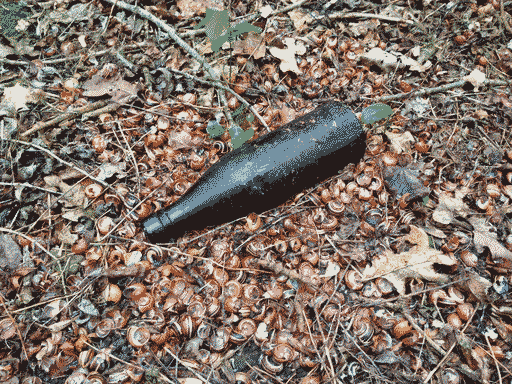The Land
Underground seed banks hold promise for ecological restorationIn 2000, Sam Lea converted his once-productive Willamette Valley onion field back into wetlands. The third-generation Oregon farmer excavated several ponds and largely left the land alone. Soon, willows arrived on the wind. Then tule appeared. About five years ago, he noticed wapato had sprouted. The edible tuber, a traditional food for Pacific Northwest Indigenous peoples, is now flourishing. The greenery covers 70 acres. “If you look at it now, you’d think we planted it all,” Lea said.
Frank’s CorpusI am trying to account for the body of a bird I knew. Human metrics for bird bodies tend to be comparative, since their purpose is to discern an individual spotted in the field, perched at some distance or in flight. I should say I knew a passerine about robin-sized, with a long narrow tail like a mockingbird. Depending on the light, the angle, and the season, his feathers appeared blue-gray to electric blue, with a warm gray belly, white neck, dark gray capelet, and white eyebrows. He had a little love song but far more often he had a shout. He was a California scrub jay.
The Serviceberry: An Economy of AbundanceAs Robin Wall Kimmerer harvests serviceberries alongside the birds, she considers the ethic of reciprocity that lies at the heart of the gift economy. How, she asks, can we learn from Indigenous wisdom and ecological systems to reimagine currencies of exchange?
Branch, an online magazineBranch is an online magazine written by and for people who dream of a sustainable and just internet for all.
Will a Native-led initiative spur an agricultural revolution in rural Alaska?When Eva Dawn Burk first saw Calypso Farm and Ecology Center in 2019, she felt enchanted. Calypso is an educational farm tucked away in a boreal forest in Ester, Alaska, near Fairbanks. To Burk, it looked like a subarctic Eden, encompassing vegetable and flower gardens, greenhouses, goats, sheep, honeybees, a nature trail and more. In non-pandemic summers, the property teems with local kids and aspiring farmers who converge on the terraced hillside for hands-on education.
A City Is a City — Against the metaphorization of dataThis is smart city thinking. This worldview looks at city services — transit, garbage, water, public works, social services, health — and wonders if the city could be more efficient and better organized if these systems were “smart” [...]
But these systems already are smart. They are all operated by people with intrinsic knowledge — and not just where that one neighbor hides the recycling cans, but also the names of kids and the birthdays of dogs and the needs of elders who can’t make out to the store anymore. This knowledge — human, caring knowledge — does not make it into the “smart city dataset”. But I promise you, give sanitation workers a raise and an extra day off every week and truck that starts up reliably in the morning and less routes to do in more time, the city would be better — if not more efficient.


@woodlandbirder on TwitterAn old beer bottle in Monks Wood NNR, used as an anvil to smash open countless snails by countless Song Thrushes. The bottle may have been used by the birds for more than half a century, it's embossed 'Huntingdon Breweries Ltd', who ceased production in 1954.